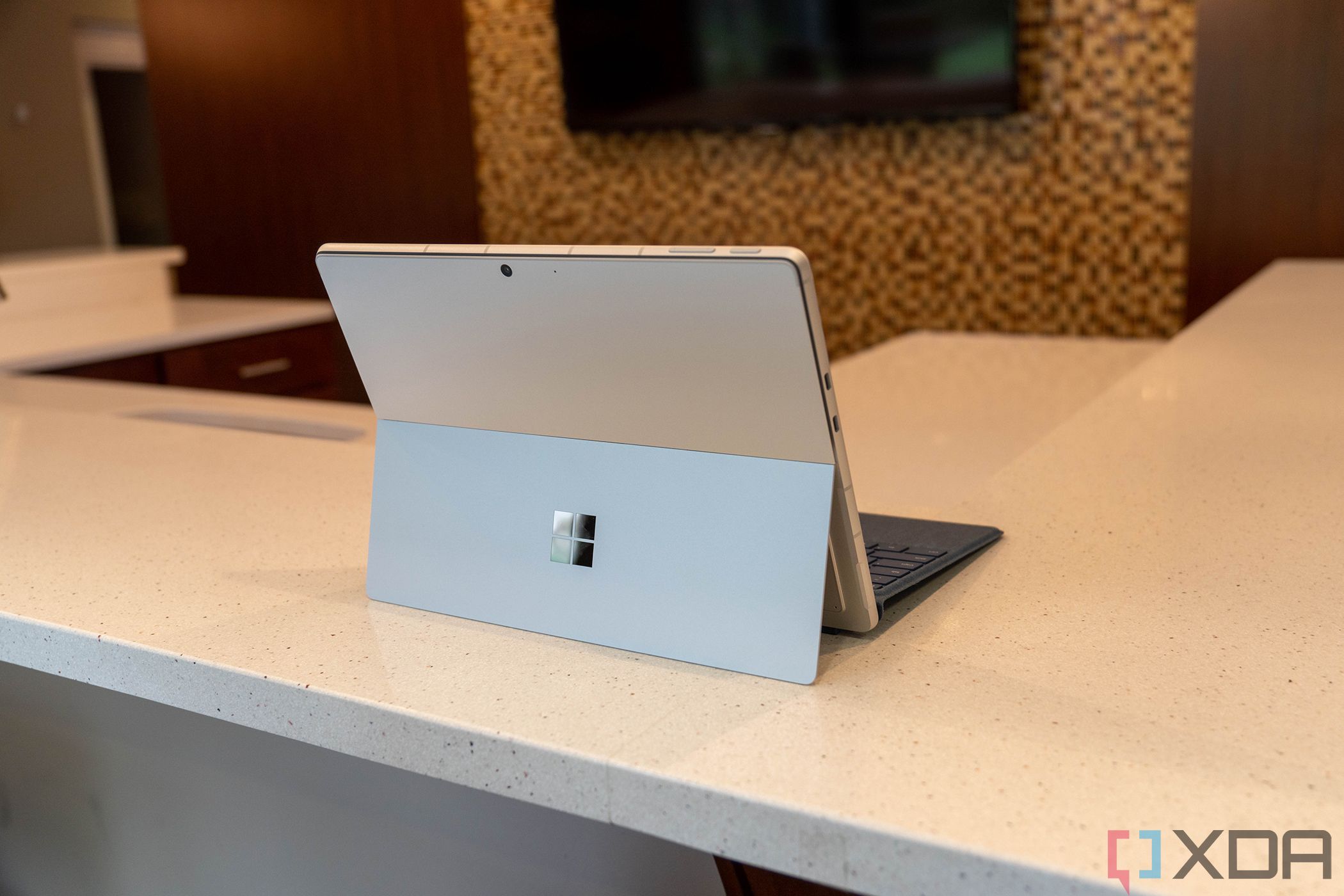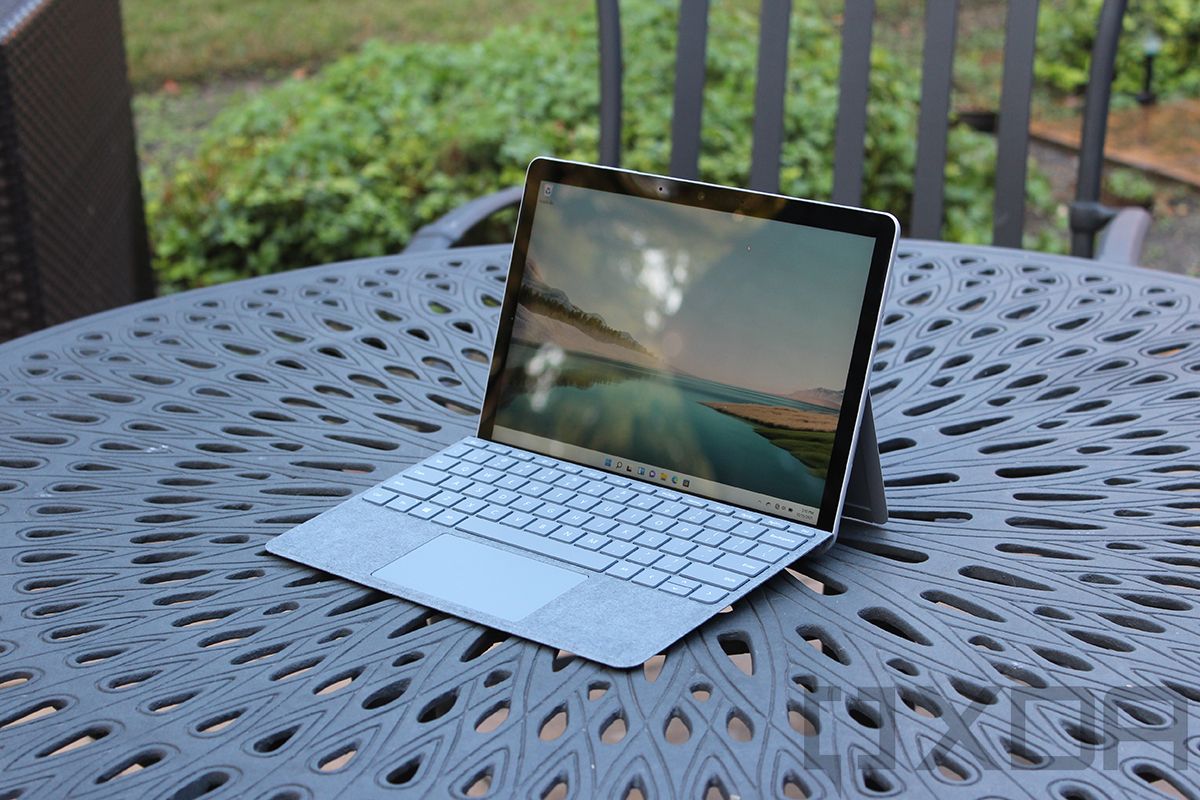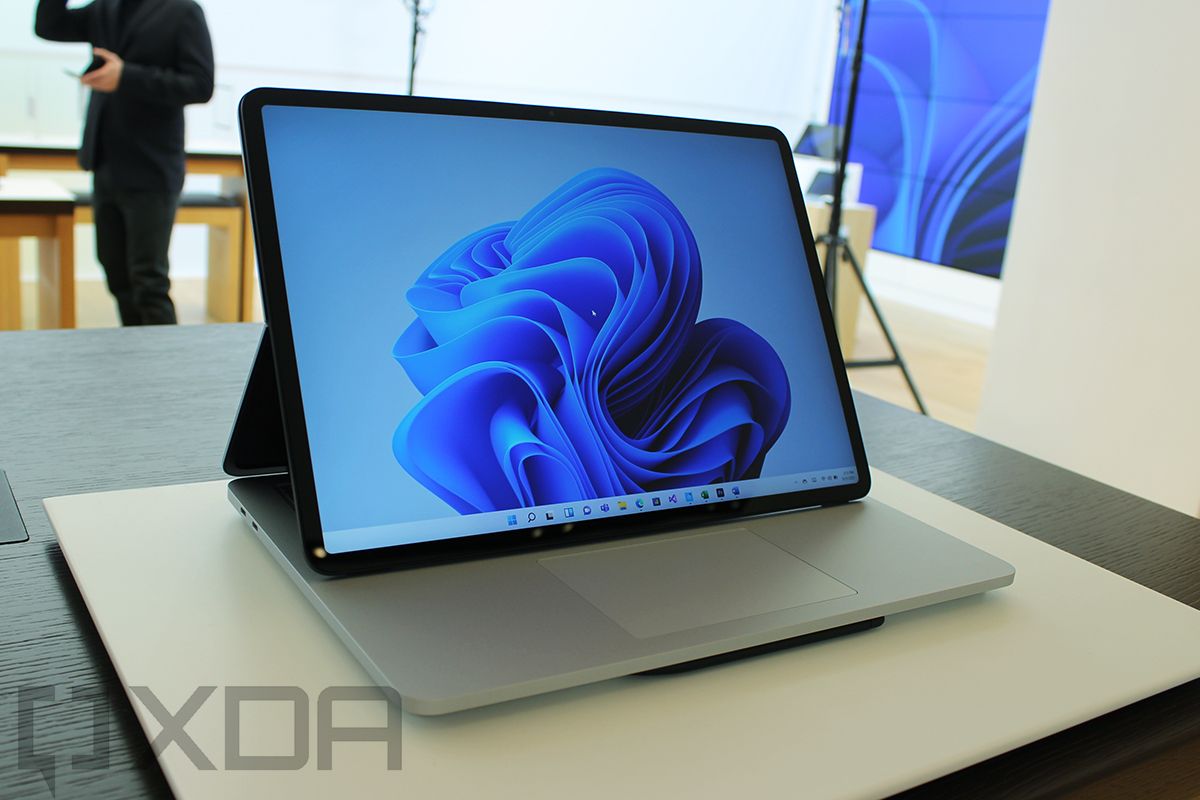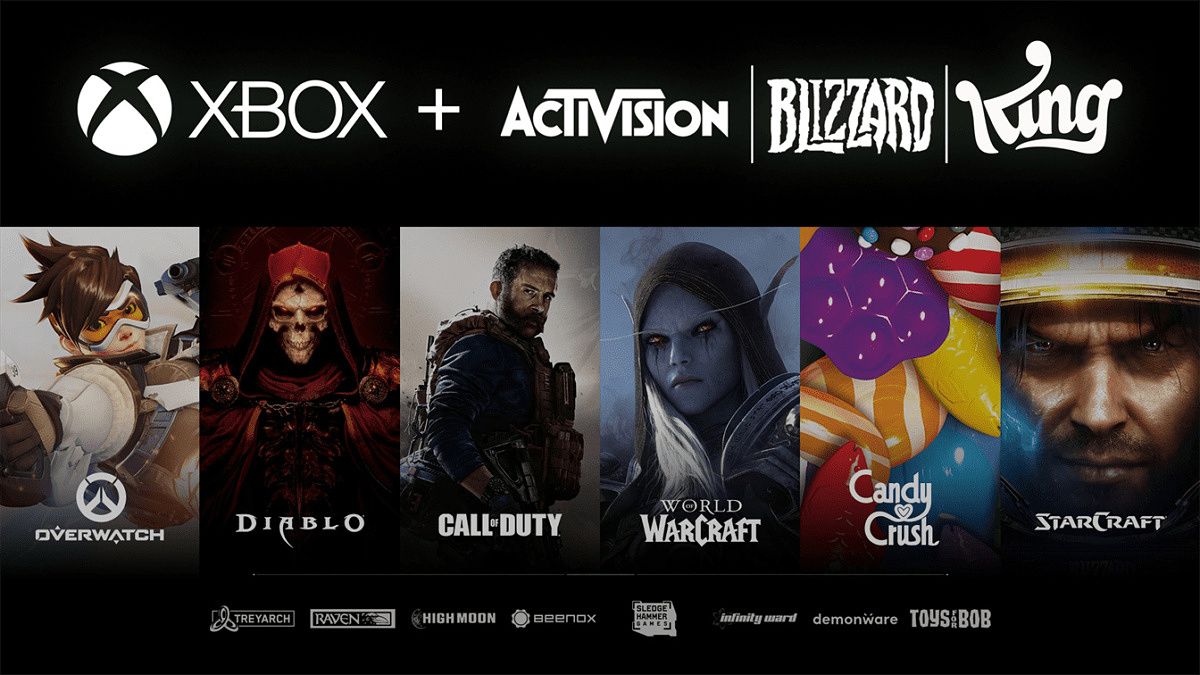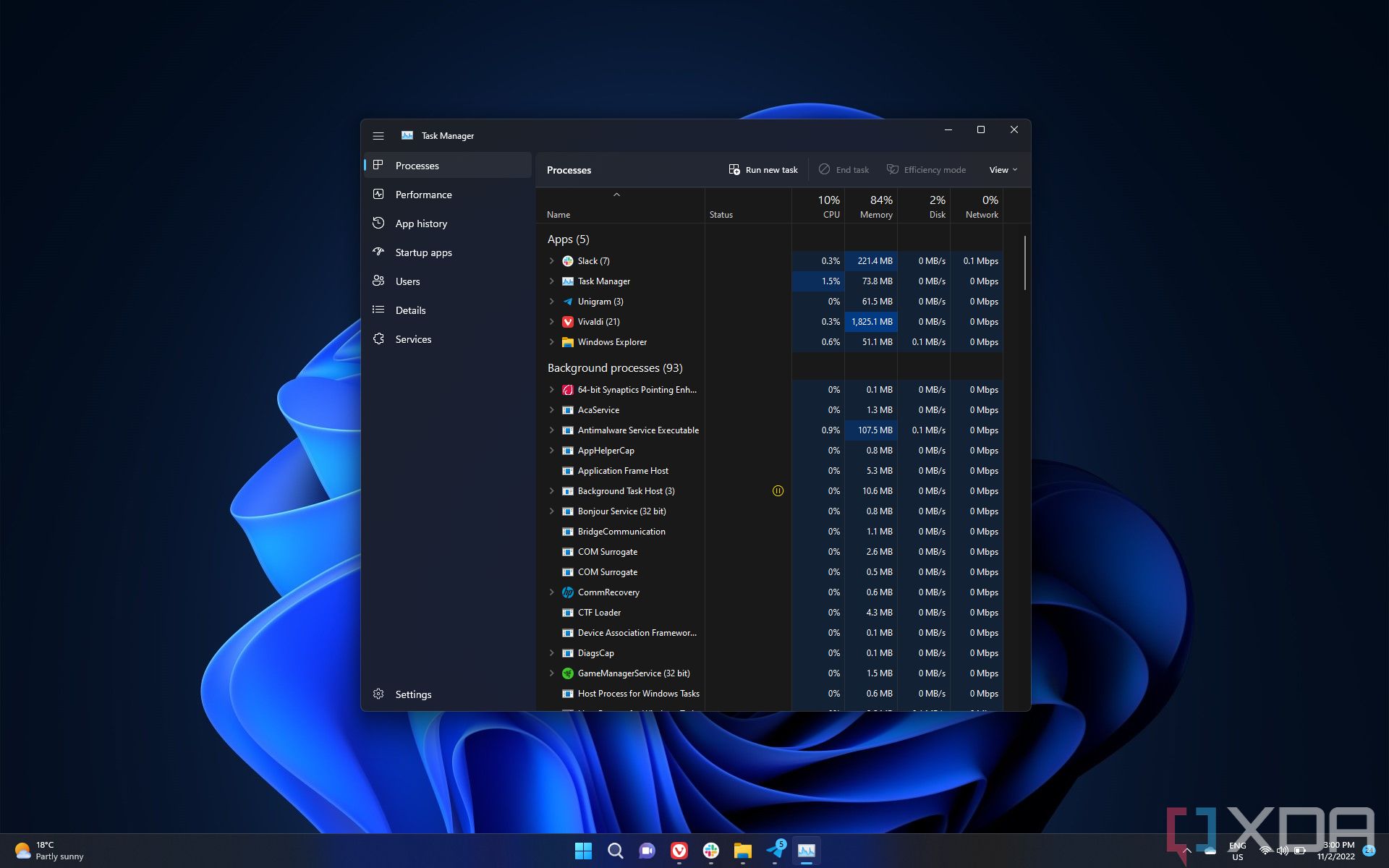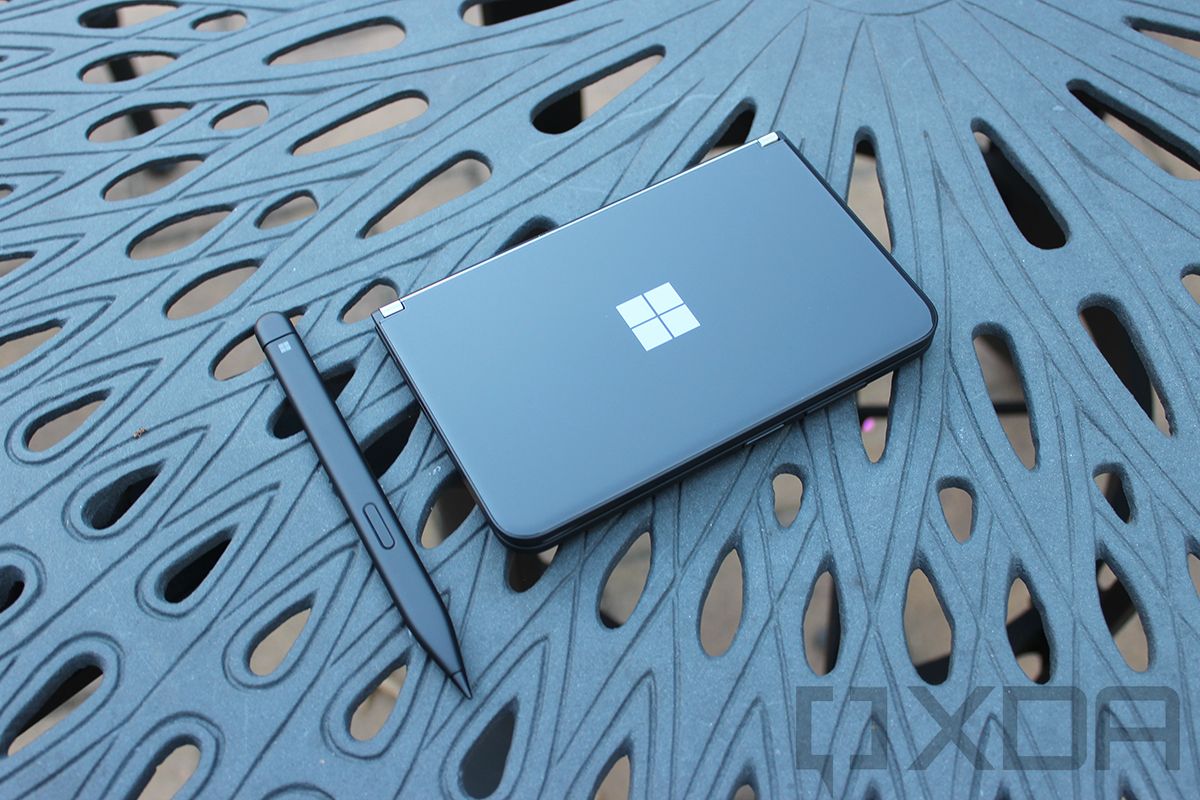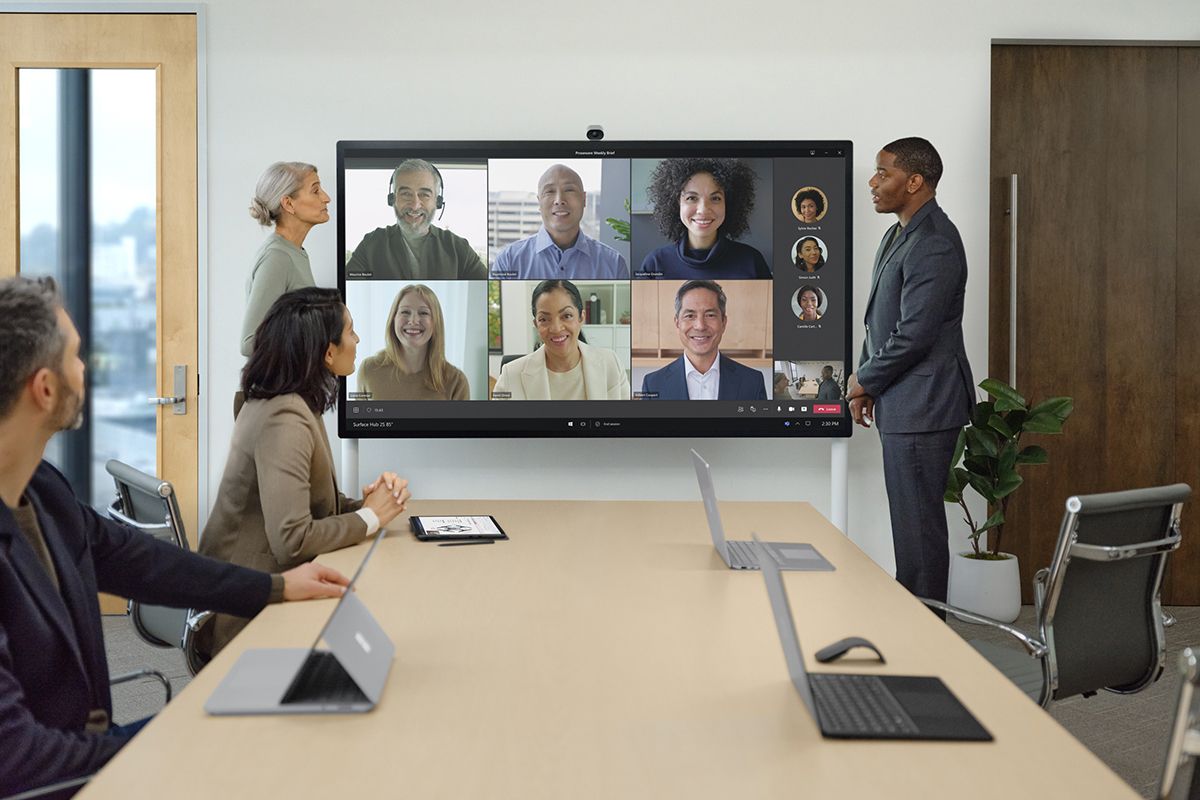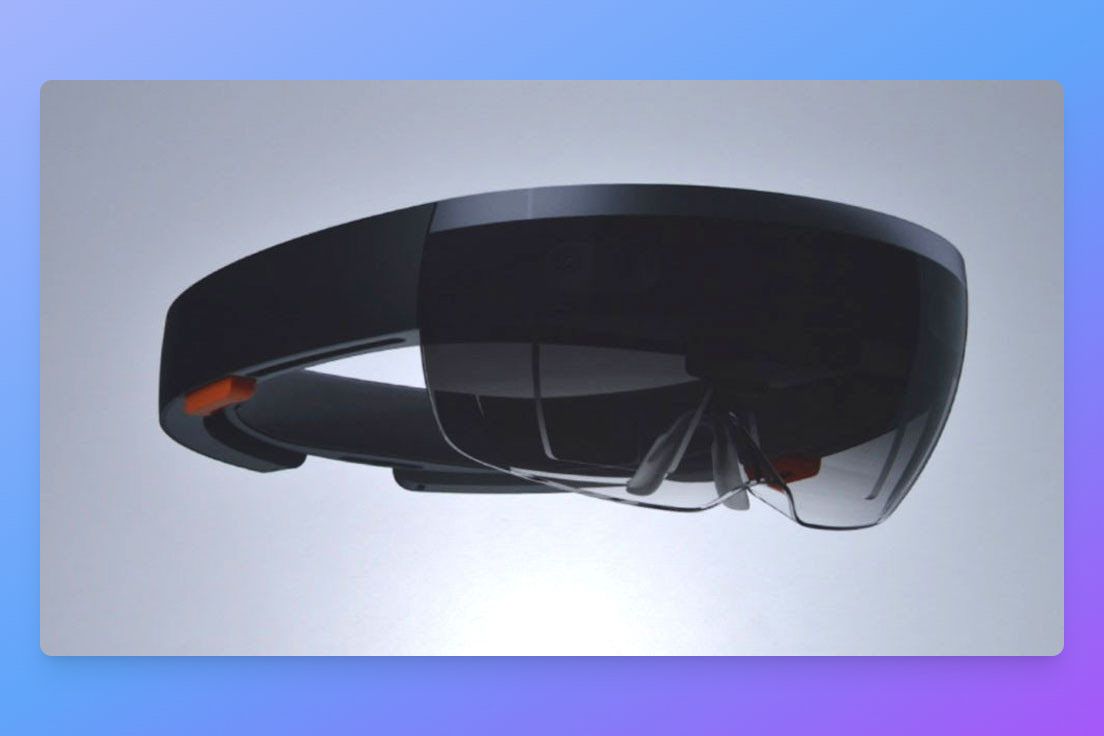Predictions, what we expect, and what we want to see in the new year
We’re rapidly approaching the end of yet another year, and 2022 was an eventful one for Microsoft. Years after we first heard about it, Android apps finally became available on Windows, we got the first major update for Windows 11, and a few Surface devices were launched — some more interesting than others.
But that’s all behind us, and now, it’s time to look at what’s ahead. With 2023 knocking on the door, it’s a good time to think about what we might be seeing from Microsoft in the next year. We’ve rounded up some of our predictions below, starting with the most obvious and slowly descending into more out-there guesses. Some of these things may not happen, but that’s part of the fun. Let’s get started.
Surface Pro 10
Surface Pro 9
This one is almost a guarantee, which does make it a little less fun to talk about. The Surface Pro line is refreshed almost yearly, and 2023 should be no exception. Specifically, the Wi-Fi model will likely be refreshed with Intel’s 13th-generation mobile processors, bringing more performance to the table. We’ve discussed our hopes for the Surface Pro 10, and are also looking for more ports and a better keyboard.
However, the 5G model might not see as big of an upgrade. We’re not expecting a new Arm-based processor anytime soon, so Microsoft likely won’t have a new part to use in a new model. We do hope to see colorful models for the Surface Pro 10 with 5G, and maybe options for more RAM and storage in line with the Wi-Fi model.
The Surface Pro 10 will likely launch in the fall of 2023, roughly one year after the Surface Pro 9, so we’ll see then if it can live up to our expectations.
Surface Go 4
Another one that’s very likely to happen is the announcement of the Surface Go 4. It’s been over a year since the Surface Go 3 was launched, and thanks to the shift to Intel’s hybrid architecture, there should be notable performance improvements in the new model. But that’s not all. Microsoft might also launch an Arm version, just like the Pro lineup. It will probably feature a less powerful processor, like a Qualcomm Snapdragon 7c, but this is still very good news since it’ll bring always-on connectivity to a more budget device.
We’d also like the Surface Go 4 to shake up the design. The Surface Go family has looked mostly the same since it debuted in 2018, aside from a slightly larger display introduced with the Surface Go 2. Since recent Surface Pro models have a more modern design language with rounded corners, it would be nice to see the same done for the Go models. Some new color options would be great, too, of course. We could also see support for the Surface Slim Pen 2, at least in the sense that you have the option to store it with the device itself.
Surface Go releases haven’t had a very consistent time frame, but we’d guess it will happen in the summer or the second half of the year.
Surface Laptop Studio 2
Compared to the Pro and Go lines, the Surface Laptop Studio series has been less predictable. Microsoft debuted a brand-new form factor in 2021 with the Surface Laptop Studio, and it remained untouched for 2022, though Microsoft decided to refresh the Surface Studio desktop. It’s very rare for Microsoft to give up on a new form factor after just one release, though, and the Surface Laptop Studio is actually fantastic, so we’re definitely expecting a new model at some point. 2023 is the time to do it.
This new model would have newer Intel processors, presumably 13th-generation models, and potentially new Nvidia graphics, too since we should see the RTX 40 series laptop GPUs in 2023. We wouldn’t be overly surprised if Microsoft stuck with RTX 30 series cards, however. We’d also like to see a more refined design with some more ports like HDMI and an SD card reader.
We would expect the Surface Laptop Studio 2 to launch alongside the Surface Pro 10 in the fall, but it could happen earlier.
Call of Duty games come to Game Pass
Microsoft announced its plans to acquire Activision Blizzard right at the start of 2022, and the process has been ongoing, albeit with some legal challenges. But Microsoft execs say they still expect the deal to be approved, hoping to have it all set by the end of the 2023 fiscal year, which ends on June 30.
Assuming that comes to fruition, one of the first things to expect is that Activision Blizzard titles will be available on Xbox and PC Game Pass. That includes major franchises like Call of Duty, Diablo, Overwatch, and even Crash Bandicoot, a former PlayStation exclusive. This probably won’t happen immediately, but having these games available at no additional cost (assuming you already have Game Pass) will be huge for Xbox and PC gamers alike, even if Microsoft increases prices for Game Pass as a result.
The company has also offered to bring Call of Duty games to PlayStation Plus subscribers. Xbox head Phil Spencer even announced the games would be coming to Nintendo platforms, where they haven’t appeared since 2013. These moves might not happen in 2023, but we should still see some big Xbox Game Pass shakeups regardless.
No major Windows 11 update
Around the time Microsoft launched Windows 11 version 22H2 (or the 2022 Update) in September, the company said it will be using a new rollout approach in the future that would feature smaller feature updates throughout the year in addition to major annual releases. However, we’re actually not expecting major annual updates to be a thing anymore based on previous reports. Microsoft is shifting its focus entirely to these smaller periodic updates, and we don’t expect a big new annual release.
That’s not to say there won’t be significant new features, though. After all, we already saw the first of these smaller updates in November, which included new File Explorer tabs and a new Photos app. Microsoft is currently testing a new screen recorder feature in the Snipping Tool app, which will make its way to the public in 2023, and many other notable changes could happen in the next 12 months.
We could also see the first glimpses of the next generation of Windows — Windows 12, if you will — even if only in the Insider program. Don’t expect much on that front, though.
Surface Duo 3
Microsoft hasn’t exactly found much success with the Surface Duo line of smartphones, but the company has still been putting effort into supporting the existing models. The Surface Duo 2 was a major upgrade from the original version, and it’s been receiving updates, albeit a bit late. Just recently, the company even introduced a wholly refreshed UI for the phones, making them more similar to Windows 11. So, we believe that a Surface Duo 3 is most likely in the works, and since the Duo 2 is already over a year old, it’s about time for an announcement.
There are plenty of things that Microsoft should improve with the Duo 3 compared to the previous model. For one thing, the cameras aren’t that great on the Surface Duo 2 despite being a massive leap from the original Duo. It could also have 120Hz displays instead of 90Hz, seeing as that’s what most flagship phones have these days. Perhaps most importantly, Microsoft really needs to have a strong software experience right out of the gate, seeing as the previous two models both had some issues at launch. And, of course, a new model would have newer processors, too.
It would also be great to see some kind of external display for quick, glanceable information. Microsoft tried to address this with the Surface Duo 2, using the curved edges of the display to show notifications when the device is closed. Still, a small panel on the cover, similar to what’s on the Galaxy Z Flip series, could make that information much more easily accessible.
Surface Hub 2 upgrade?
A recent report said that Microsoft plans to release an upgraded compute cartridge for the Surface Hub 2 that would contain all the components that run it so that users can keep the same display. It would also include a new 11th-generation Intel processor, which should offer much faster performance than what’s available in the current model.
We don’t expect any new features with this card, but it is theoretically possible it could run a new version of Windows. When Microsoft first launched the Surface Hub 2, there were supposed to be two models, the 2S and 2, each with different compute cards. The Surface Hub 2X was never released, but it would have included support for things like tiling and animated backgrounds. We don’t expect that to be in this new model, but it would be interesting to see.
HoloLens 3?
Finally, we’ve come to our wildest prediction: a HoloLens 3 announcement. This one is complicated because it has been almost four years since the HoloLens 2 was announced, and that came three years after the original model. But earlier this year, it was reported that the headset may have been canceled, though the former lead for HoloLens development, Alex Kipman (who left the company this year), quickly denied these reports. Most recently, Microsoft also discussed needing to deliver meaningful upgrades with each iteration while talking about the HoloLens, but it didn’t specifically say it was planning a new model.
Still, the HoloLens 2 is certainly due for an upgrade. It’s still powered by the Qualcomm Snapdragon 850 Compute Unit, and there are much newer components available at this point. Microsoft has even announced it’s working with Qualcomm on a chipset for AR devices, so it’s certainly possible that can be a part of a future HoloLens model. Microsoft is also likely to be working on increasing the field of view of the headset, and the resolution could be higher so AR experiences feel that much more realistic. A higher refresh rate could also be part of an upgraded model.
And those are the big things we expect to see from Microsoft in the coming year, from the completely expected to some more off-the-wall guesses. It could be a very interesting year for Microsoft, depending on whether the company can deliver on these predictions. Plus, we might get a few big surprises thrown in. It would be interesting to see something like the Surface Neo resurface or a new HoloLens iteration, but those are unlikely to happen.

